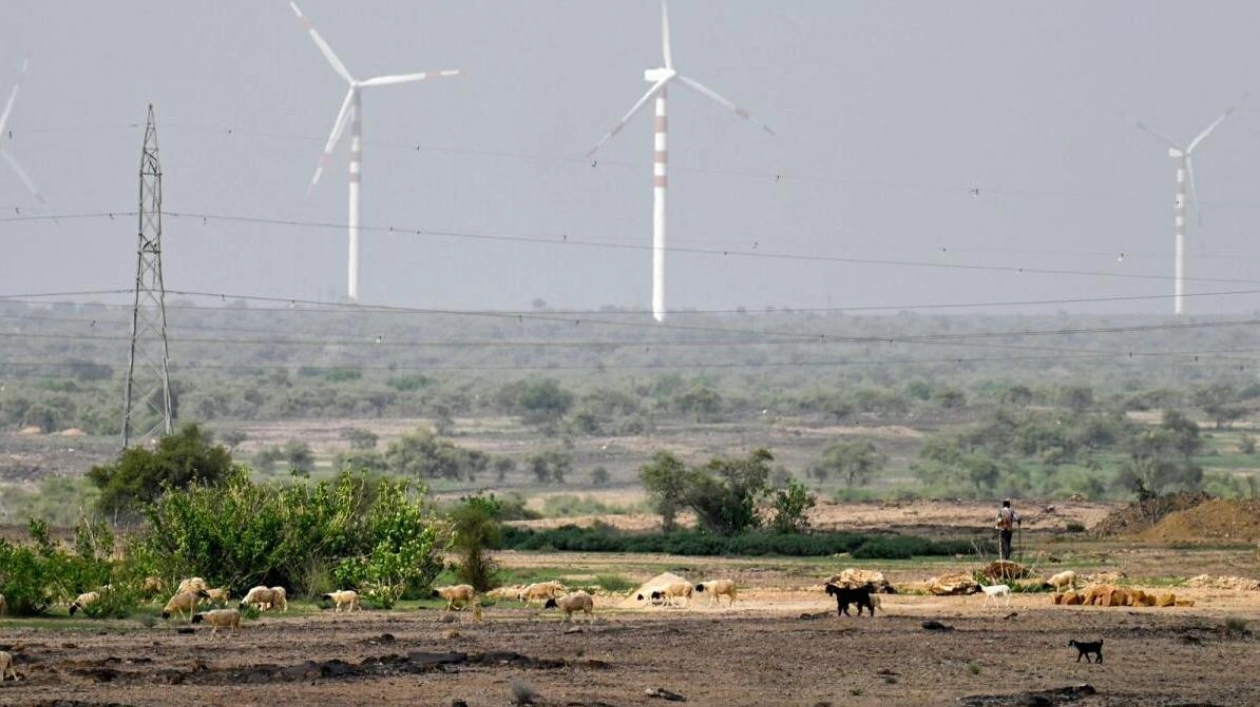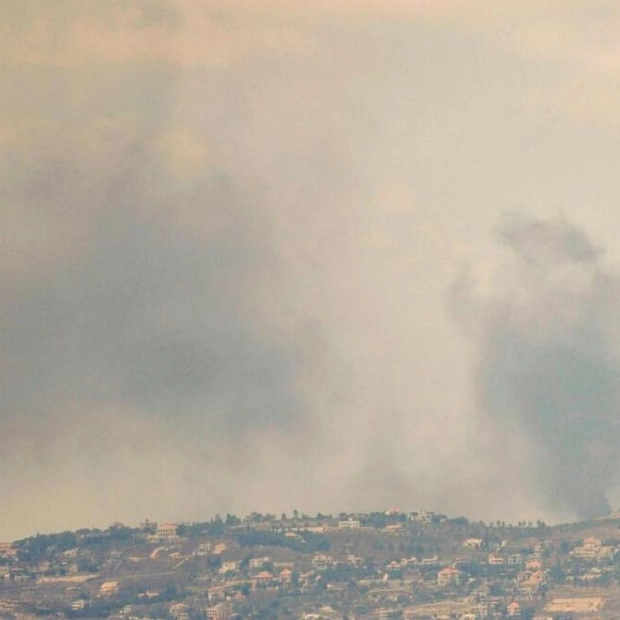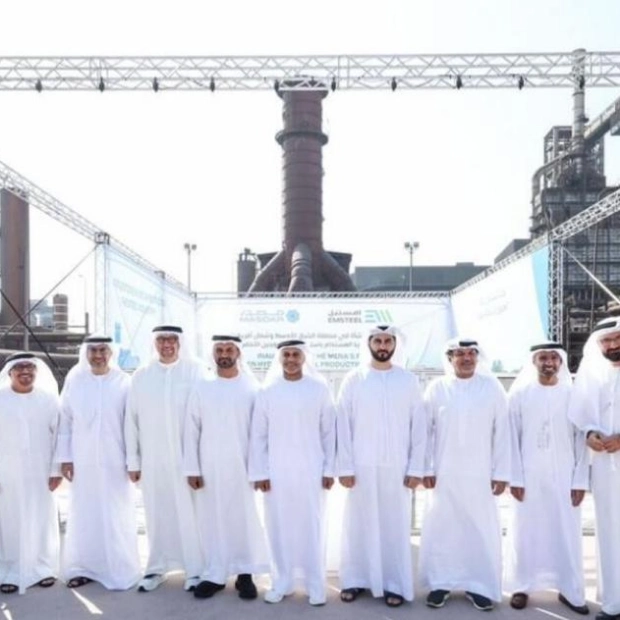Wind turbines in India's Thar desert generate essential green energy for the world's most populous country, but local residents claim they suffer as a result. This highlights the difficult trade-off faced by India, the third-largest emitter of greenhouse gases, as it urgently seeks to increase its capacity for non-fossil fuels to combat the escalating effects of climate change.
"The large corporations have established windmills here, but they are of no use to us," stated 65-year-old livestock herder Nena Ram, who described how the turbines have disrupted traditional farming practices. India is increasingly affected by extreme weather events such as heatwaves, floods, and droughts, which climate scientists attribute to rising global temperatures. However, residents from areas designated for renewable energy production feel their needs have been overlooked for the broader benefit.
In western Rajasthan, where much of the Thar desert is located, this has led to the loss of grazing lands and damage to sacred groves known as "orans". These desert oases, safeguarded by the community for centuries, are crucial for the livestock-based economy, supporting camels, cattle, and goats. However, herders report that construction vehicles have damaged water sources, leading to reduced grasslands and further desertification.
Farmers like Ram contribute minimally to greenhouse gases compared to India's coal-dependent heavy industries. He faces a double blow: first from the impacts of climate change and then from efforts to mitigate it. The desert around Jaisalmer district in Rajasthan is home to hundreds of turbines, part of one of India's largest onshore wind farms. According to government data, Rajasthan has the potential to supply five gigawatts (GW) of wind power.
Many turbines are owned by major Indian companies, including the Adani Group and Suzlon, which claim to support India's transition to renewable energy while aiding affected communities. Suzlon states it offers "sustainable development" to villages near its wind farms, including health, education, and livestock support. Adani emphasizes its commitment to the community through school and clean water initiatives. Yet, farmers lament that the turbines were erected on communal grazing lands, leading to a decline in milk production.
"The farmers are bearing the brunt," said Jitendra Kumar, who works at a local health clinic. "Their land was appropriated. Windmills have taken over areas designated for cattle grazing." Power lines crisscross the desert around Jaisalmer, a district with a population of about 670,000, but frequent power outages are common. Residents claim that power is redirected to meet the surging demands of industrial hubs and major cities.
"We are living in darkness," remarked local environmental activist Sumer Singh Bhati. "We receive power for only two hours a day... We desperately need light." Power outages are particularly severe during summer, with temperatures sometimes exceeding 50 degrees Celsius. India experienced its longest heatwave on record this year, according to government meteorologists, who warn of increasingly intense temperatures in the future.
India aims to increase its non-fossil fuel power capacity to 500 GW by 2030 and achieve a net-zero-emissions economy by 2070, two decades later than most Western industrialized nations. Renewable energy plants are being constructed rapidly, rising from 76 GW to 203 GW over the past decade, with wind power accounting for about a quarter of that. However, reaching the 500 GW target requires extensive expansion.
These statistics are of little significance to villagers near the towering turbines, who view them as an unwelcome intrusion. Environmental activists argue that while the desert is seen as a barren area by outsiders, it is rich in biodiversity. Species such as the critically endangered Great Indian Bustard are at risk of extinction due to collisions with overhead power lines. Parth Jagani, an environmental activist in Jaisalmer, noted a sharp decline in the bird's population over the past 25 years, with only about 150 remaining nationally.
In 2021, the Supreme Court mandated that power lines be placed underground in critical bird breeding areas. However, the government overturned this decision, citing it as a hindrance to renewable energy goals. Villagers have erected a memorial for the bird, a statue of a solitary bustard. "If our birds and animals disappear, what will we do?" pondered Ram, stroking his long grey moustache. "How will we survive?"






